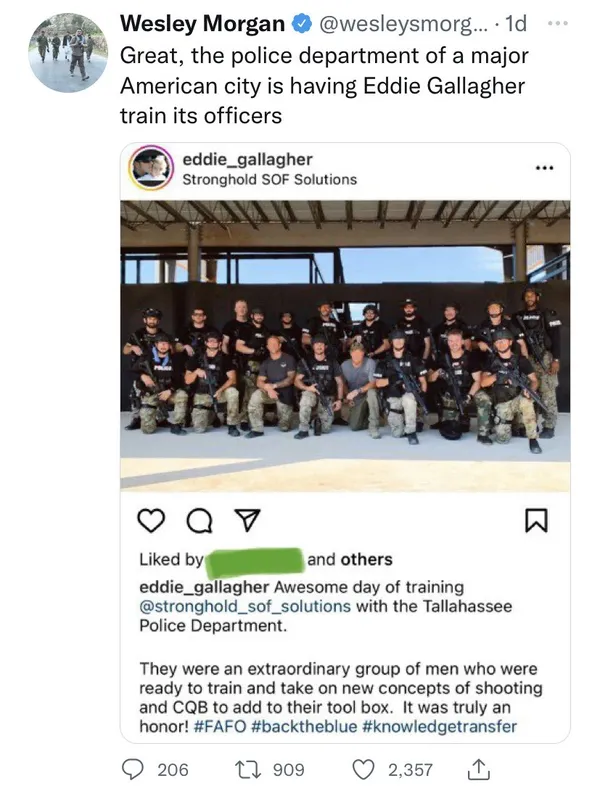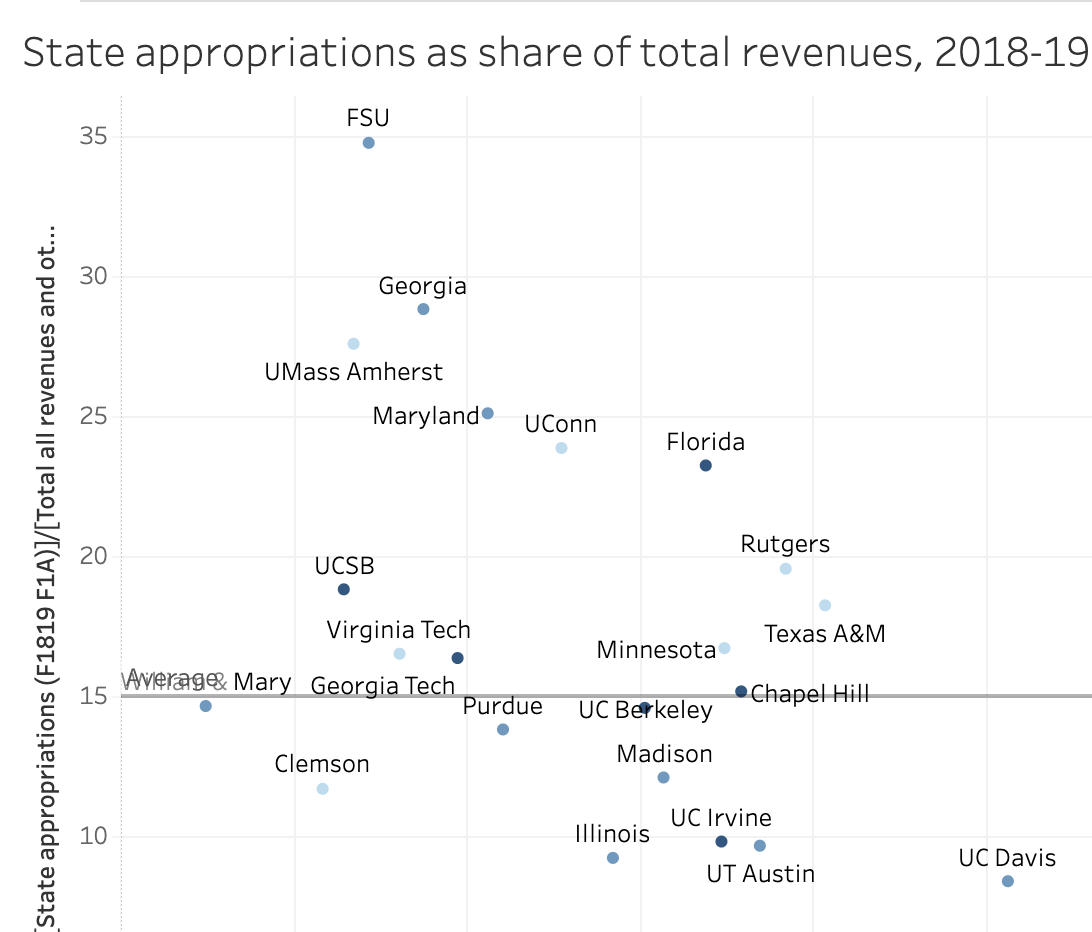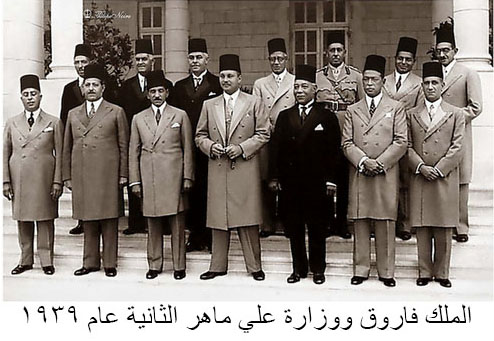
In December 2011, I attended a packed meeting at the Student Union at FSU. The city commissioners were there, as well as student government leaders and FSU administrators. The purpose of the meeting was to discuss the city’s plan to improve pedestrian safety on Tennessee Street by reducing traffic lanes from six to four.
No one in that room will forget the ambush we witnessed. The city proposed this trial in response to FSU’s request to make Tennessee safer. Out of the blue and after months of public consultation, FSU announced its strong opposition to the plan. Behind this opposition (alongside carefully orchestrated opposition from “small business owners” on Tennessee street, most now out of business) were investors seeking to boost their CollegeTown projects. Weeks later, the state Department of Transportation (which has authority over Tennessee) put the final nail in the coffin. The status quo remained on Tennessee.
I thought of this meeting when I heard of Natalie Nickchen’s death. I thought of a colleague still dealing with injuries she suffered years ago as she crossed Tennessee for a coffee. I thought of my student who has missed the last three weeks of class because he too was struck while walking down a sidewalk on Tennessee. I thought of the dozens of traffic deaths and serious injuries suffered north, south, east and west of campus over the last decade.
Students use the crosswalk between Woodward Avenue and Stadium Drive to cross West Tennessee Street Wednesday, Feb. 5, 2020. Natalie Nickchen, an FSU student, was killed in the crosswalk after being hit by a car last week.
The proposed pedestrian bridge is the sort of expensive unicorn intervention that policy makers (and contractors) prefer, but it will prevent only a small share of FSU’s crashes. Planners of yesteryear chose to run a highway through the middle of a major university. Building a pedestrian bridge endorses their choice to put traffic ahead of the university community. But we can make other choices.
Unfortunately, there is no silver bullet. Greater policing enforcement will help, but it is only a Band-Aid — especially if police focus on pedestrians rather than drivers. Blaming the victim by putting the safety burden on pedestrians, following the Street Scene columnist’s advice, is an outmoded recipe for more disasters.
The Florida DOT — last in the nation in protecting pedestrians — is not going to fix this problem. If we really want to improve the safety of our community, we need a comprehensive, FSU-led effort to change the physical environment and culture of transportation in and around campus.
We already know how to make streets safer. Safe Routes to School has established a model of thorough evaluation and targeted tweaks. The Vision Zero movement, adopted by cities around the country, is another model of small, steady steps towards harm reduction. Durable safety does not have to be costly, but it requires careful thought and sustained leadership.
FSU must do everything it can to protect the precious young people in our charge. We are making changes to protect them from gun violence, from hazing, from sexual assault. CDC statistics show that traffic is the leading cause of death and injury to young people in the United States. We can’t afford another decade ignoring traffic violence.
Note: Originally published in the Tallahassee Democrat. Photo credit: Tori Lynn Schneider/Tallahassee Democrat


